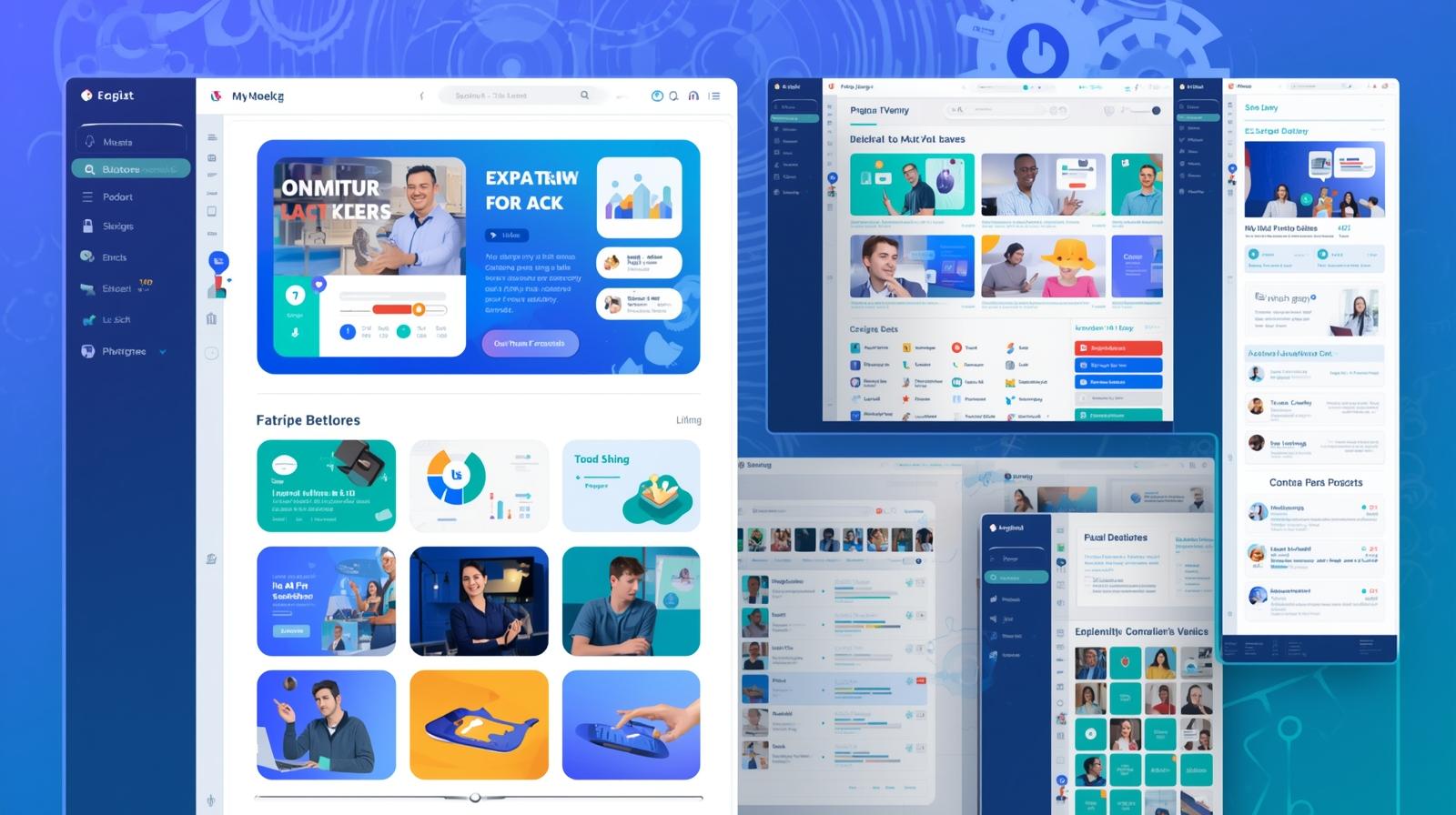Ever caught yourself lost in your hobby — whether it’s knitting scarves, tinkering with gadgets, or whipping up recipes — and thought, “Hey, maybe I could make some money from this?” You’re onto something big. In a world where side income is becoming essential, turning what you love into cash isn’t just a dream; it’s doable for almost anyone. I’ve been there myself, starting with casual photography that evolved into a steady gig selling prints and tutorials. Over the years, I’ve helped dozens of folks do the same, and let me tell you, the shift from “just for fun” to “fun with funds” is life-changing.
But it’s not about slapping a price tag on your passion overnight. It takes smart steps, a bit of grit, and knowing where to focus. In this free guide, we’ll walk through how to make it happen, with real stories, practical advice, and no-nonsense tips. We’ll break it down into key stages, loaded with headings to make it easy to follow — perfect for squeezing in reads between your day job and hobby time.

Why Turning Hobbies into Income Makes Sense in 2025
Let’s kick things off with the big picture. The gig economy is exploding, thanks to platforms making it simple to sell skills or creations online. Add in economic squeezes like rising costs and job uncertainty, and suddenly, that hobby isn’t just relaxation — it’s a potential lifeline. Tech like AI for editing photos or automating sales has leveled the playing field, so even if you’re not tech-savvy, you can compete. But the real win? Doing what you love means less burnout and more fulfillment. If you’re ready to monetize without losing the joy, this guide’s your starting point.
Step 1: Spot the Money-Making Potential in Your Hobby
The Spark That Starts It All
Most hobbies have hidden value — people pay for what you do for free. Love gardening? Folks need plant care guides. Into gaming? Tutorials or streams could earn. The key is seeing your hobby through a buyer’s eyes: What problem does it solve, or what joy does it bring?
I started noticing this with my woodworking. Friends kept asking for custom pieces, and that’s when the lightbulb went off — why not charge?
Why Hobbies Are Goldmines in 2025
Personalization is huge now. Consumers crave unique, handmade, or expert-driven stuff over mass-produced junk. With remote work giving more free time (or the illusion of it), hobbies are booming, and so is the market for related products and knowledge.
Signs Your Hobby Has Side Income Vibes
- People compliment or ask for your creations often.
- You spend hours on it without getting bored.
- There’s a community or forums buzzing about similar interests.
How to Evaluate Your Hobby’s Potential
Dig in: Search Etsy or Reddit for similar items. Check demand with free tools like Google Keyword Planner. Ask yourself: Can I teach it, sell it, or customize it?
A Real-Life Hobby-to-Income Flip
Meet Jenna, a baking enthusiast. She baked cakes for fun until friends paid for birthday orders. Spotting the potential, she started an Instagram showcasing recipes — now she sells digital cookbooks for $500/month extra.
Step-by-Step Assessment Tips
- List what you make or know well.
- Survey friends: Would they pay for it?
- Research prices: See what others charge.
- Test small: Offer one item to a close circle.
The Upside of Starting Here
Knowing your hobby’s worth builds confidence. It turns vague ideas into a focused path, saving you from chasing dead ends.
Step 2: Build Skills and Polish Your Offer
From Amateur to Pro-Level Polish
Your hobby might be fun, but to sell, it needs that extra shine. This means honing skills, packaging nicely, and making it customer-ready. Don’t worry — you don’t need perfection; just better than average.
My photography side gig leveled up when I took a free online course on editing. Suddenly, prints looked pro, and sales followed.
Skill-Building Boom in 2025
Free resources are everywhere — YouTube, Skillshare trials, AI tutors. With hybrid learning, you can upskill without quitting your job, making your hobby more marketable fast.
Signs You Need to Level Up
- Feedback points to quality issues.
- You’re stuck on basics.
- Competitors outshine you visually or in detail.
How to Refine Your Hobby for Sales
Practice with purpose: Set goals like “master three new techniques this month.” Package it: For crafts, add branding; for skills, create bundles.
An Inspiring Upgrade Story
Carlos loved drawing comics as a hobby. Feedback said they were “cute but rough.” He spent weekends on digital tools tutorials — now he sells custom illustrations on Fiverr for $1,000/month.
Step-by-Step Skill-Sharpening
- Identify gaps: Compare to top sellers.
- Learn free: YouTube or Reddit threads.
- Practice: Make samples for portfolio.
- Get feedback: Share with online groups.
Rewards of Polished Work
Better quality means higher prices and repeat customers. Your hobby feels more rewarding when it’s pro-grade.
Step 3: Choose the Right Platform to Sell
The Launchpad That Fits Your Style
Not every hobby suits every site. Crafts thrive on Etsy; teaching on Teachable; services on Upwork. Pick wrong, and you’ll fight uphill.
I tried selling photo prints on Facebook first — meh. Etsy was the game-changer with its built-in buyers.
Platform Power in 2025
New features like AI recommendations make discovery easier. Mobile apps mean you can manage sales on the go, fitting perfectly around hobbies.
Signs You’re on the Wrong Platform
- Low visibility or sales.
- High fees eating profits.
- Audience mismatch.
How to Pick Your Selling Spot
Match to hobby: Visual? Pinterest or Etsy. Knowledge-based? Gumroad or YouTube. Test one, track results.
A Platform Switch Success
Emily’s knitting patterns bombed on her blog. Moving to Ravelry (a knitters’ hub) turned it into $600/month from downloads.
Step-by-Step Platform Selection
- Research options: Read reviews.
- Start free: Many have no-cost tiers.
- Optimize profile: Use keywords.
- Monitor: Adjust after a month.
Why the Right Fit Accelerates Growth
It connects you to ready buyers, cutting marketing time and boosting early wins.
Step 4: Market Your Hobby Without the Hard Sell
Sharing That Draws People In
Marketing sounds salesy, but for hobbies, it’s about sharing passion. Post behind-the-scenes, tips, or stories to attract fans naturally.
My photo sales grew from Instagram stories showing shoots — people connected and bought.
Marketing Magic in 2025
Social algorithms favor authentic content. Short videos and reels make hobby showcases viral-friendly.
Signs Your Marketing Needs Work
- No traffic to listings.
- Crickets on posts.
- Feeling pushy instead of genuine.
How to Promote Organically
Build community: Engage in forums. Use free SEO for listings. Collaborate with similar hobbyists.
A Natural Marketing Win
David’s model-building hobby turned income via YouTube timelapses. No hard sell — just shares — now $900/month from sponsorships.
Step-by-Step Promo Plan
- Content calendar: Mix tips and products.
- Leverage free tools: Canva for visuals.
- Engage: Reply to comments.
- Track growth: Use analytics.
The Joy of Passion-Driven Sales
Good marketing feels like chatting with friends, leading to sustainable income without losing hobby love.
Step 5: Scale Smart and Keep the Fun
Growing Without Losing the Spark
Once income trickles in, scale by automating or expanding offers. But watch for burnout — keep it a hobby at heart.
I scaled photos by adding workshops, but set boundaries to avoid resentment.
Scaling Trends in 2025
Automation tools like Zapier make growth easier. Subscription models turn one-offs into recurring cash.
Signs It’s Time to Scale
- Consistent sales.
- Demand outpacing time.
- Ideas for add-ons.
How to Grow Sustainably
Automate admin; outsource if needed. Add products like bundles or courses.
A Balanced Scale-Up Tale
Anna’s jewelry hobby hit $2k/month. She hired help for shipping, keeping creation fun — now full-time without stress.
Step-by-Step Scaling
- Analyze wins: What sells best?
- Automate: Tools for emails.
- Expand: New variations.
- Rest: Schedule hobby-only time.
Long-Term Wins of Smart Scaling
It turns side income into serious money, all while preserving what made your hobby special.
Wrapping It Up: From Hobby to Hustle, Your Way
Turning your hobby into side income isn’t about overnight riches — it’s about blending passion with practicality. Spot potential, polish up, pick platforms, market genuinely, and scale wisely. I’ve seen it transform lives, adding freedom and fulfillment.
What’s your hobby? Start assessing today — small steps lead to big payoffs.
Written by Mudassar Ali — Founder of The Digital Hustle Hub
Helping folks like you turn passions into paychecks, one guide at a time.



